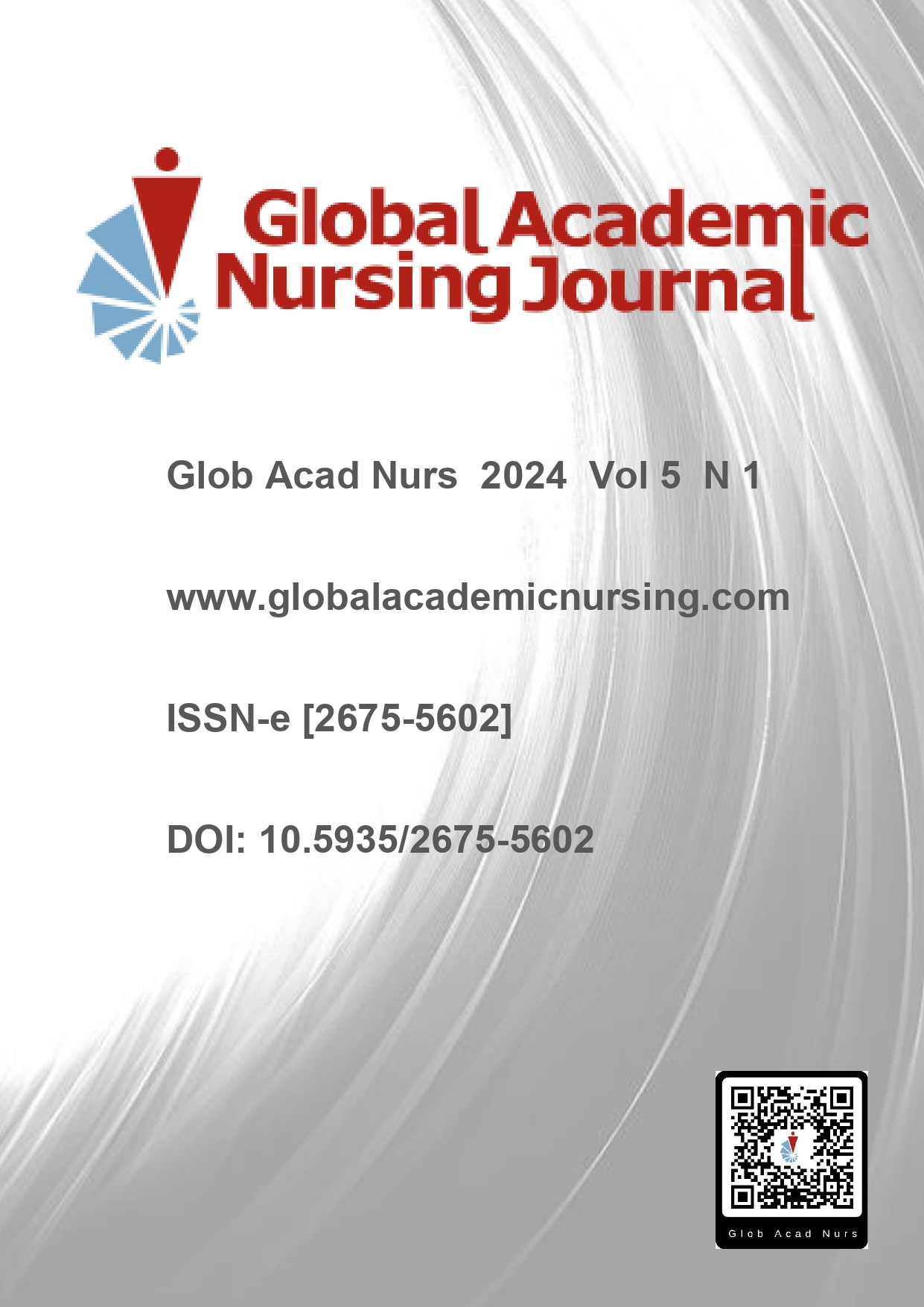Abstract
The aim was to report the experience of monitoring the patient's discharge, focusing on health education and technical guidance according to individual needs, in a humanized way, using visual forms to better adhere to self-care and providing care to the patient at home. by companions and family members. This is an experience report carried out in a public hospital in the city of Rio de Janeiro, where the difficulty of an elderly patient regarding medications and post-discharge management was identified. A visual discharge plan was used, with graphic markings and playful colors to facilitate understanding. The results indicated that the use of visual forms and a humanized approach facilitated adherence to self-care, highlighting the importance of discharge planning that considers the individual needs of patients. It was concluded that the implementation of a humanized discharge plan can improve the quality of care and promote a safer transition for patients from hospital to home.
References
Rocha RG, Ambrosio SA, Assad LG, Tavares JMAB, Marta CB, Almeida LF, Silva RVR, Vilhegas TFS, Jesus PBR, Francisco MTR. Conhecimentos eações estratégicas de enfermeiros para profilaxia de tromboembolismo venoso. Glob Clin Res. 2022;2(2):e27. https://doi.org/10.5935/2763-8847.20220027
Santos RS. Hora de ir para casa: orientação de medicamentos para o uso domiciliar na alta hospitalar do recém-nascido. 2024. 40 f. Trabalho de Conclusão de Curso (Residência em Enfermagem Neonatal) - Instituto Nacional de Saúde da Mulher, da Criança e do Adolescente Fernandes Figueira, Fundação Oswaldo Cruz, Rio de Janeiro, 2024.
Sousa WCM, Silva CAO, Terra FS, Carvalho MAP, Leite RCN, Robazzi MLCC. Alta responsável para pessoas idosas hospitalizadas com COVID-19: um estudo teórico reflexivo. Adv. Nurs. Health. 2023;5:16-32. https://doi.org/10.5433/anh.2023v5.id45310
Moraes CLK, Lopes VH, Silveira MD, Argenta MI, Aued GK. Assistência de enfermagem em unidades de internação. Glob Acad Nurs. 2022;3(1):e216. https://dx.doi.org/10.5935/2675-5602.20200216
Carvalho EMP, Pereira FNS, Brito CLM, Muniz GC, Batista CCP. The routine nurse’s role in the hospital context: the team’s perception. NTQR. 2023;18:e830. https://doi.org/10.36367/ntqr.18.2023.e830
Vicente JCS. Desafios do pós-alta numa unidade de média duração e reabilitação na perspetiva do cuidador/familiar: a importância de políticas públicas sociais e de Saúde. 2022. 121 f. Dissertação (Mestrado em Cuidados Continuados e Paliativos) – Universidade de Coimbra, Coimbra, Portugal, 2022.

This work is licensed under a Creative Commons Attribution-NonCommercial-NoDerivatives 4.0 International License.
Copyright (c) 2024 Global Academic Nursing Journal

